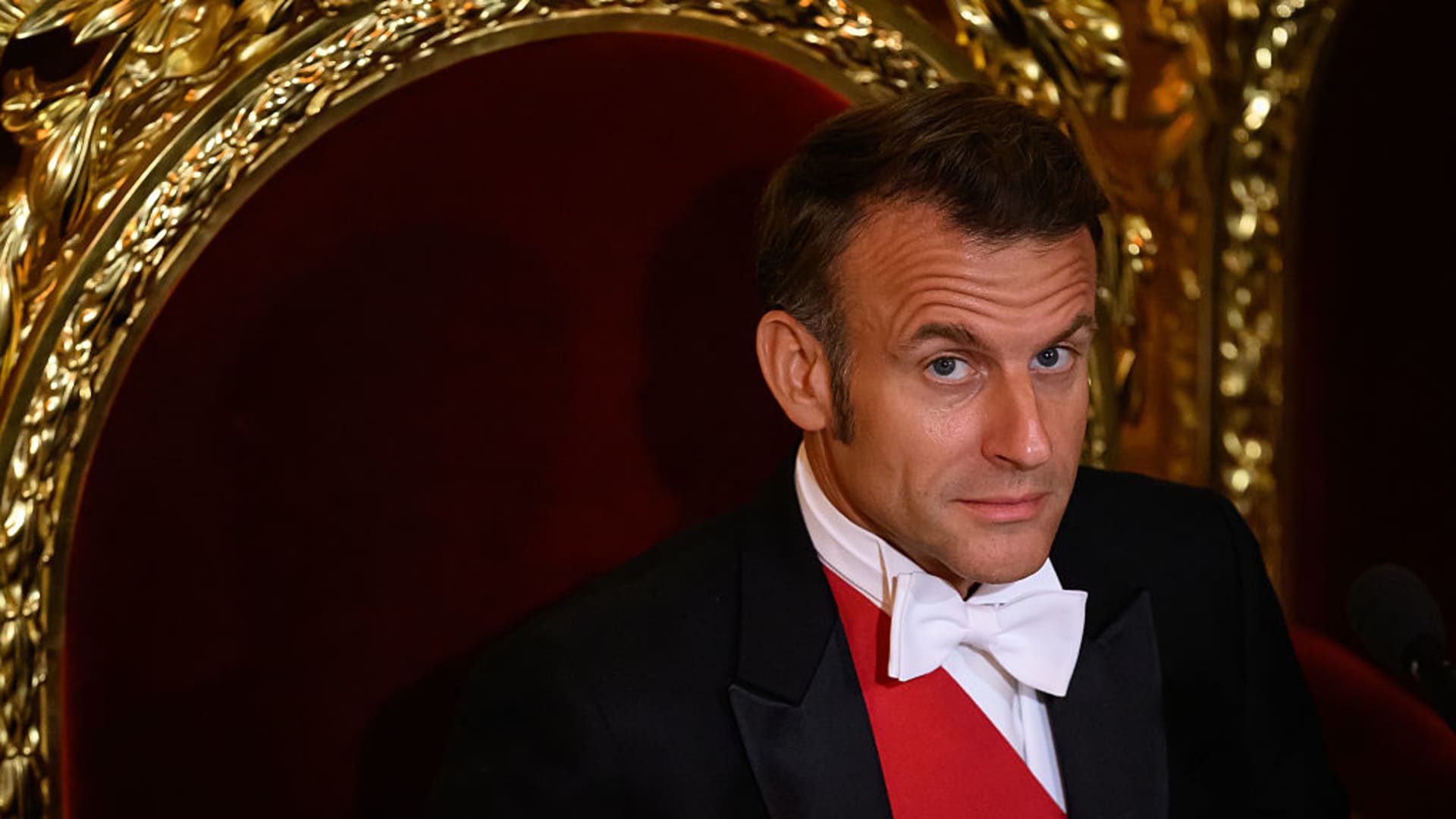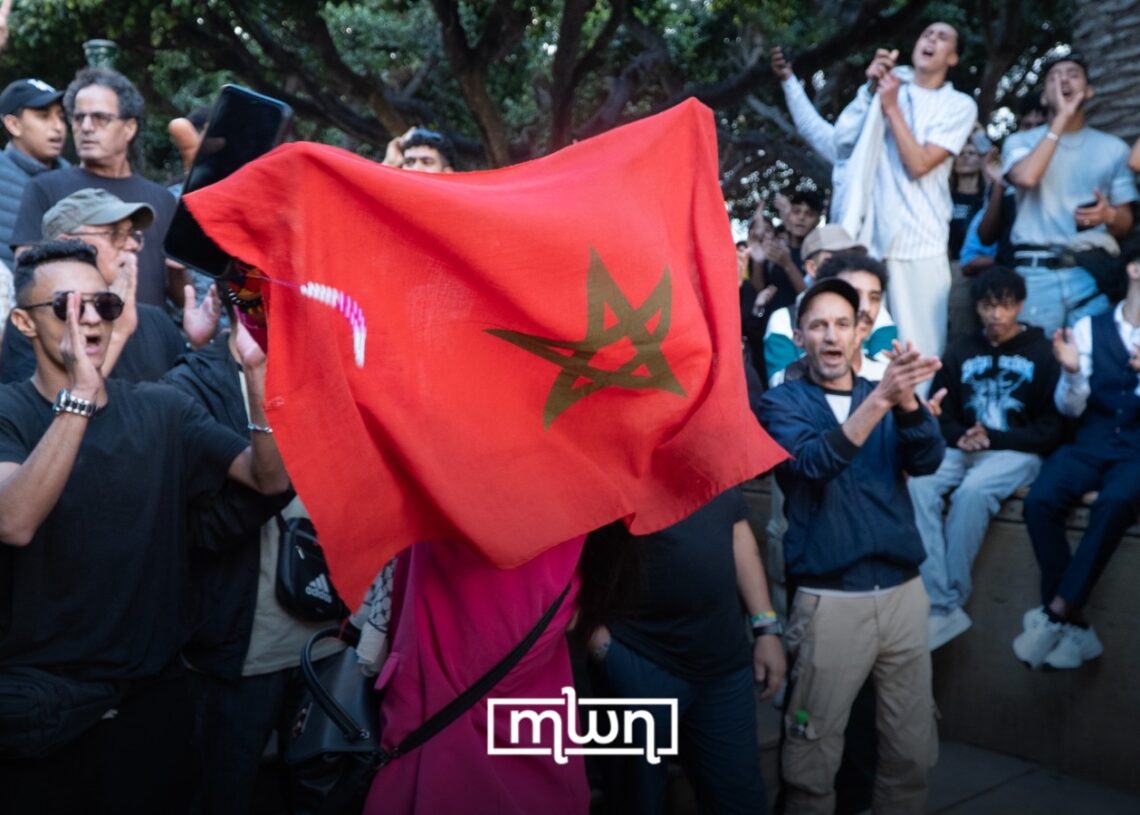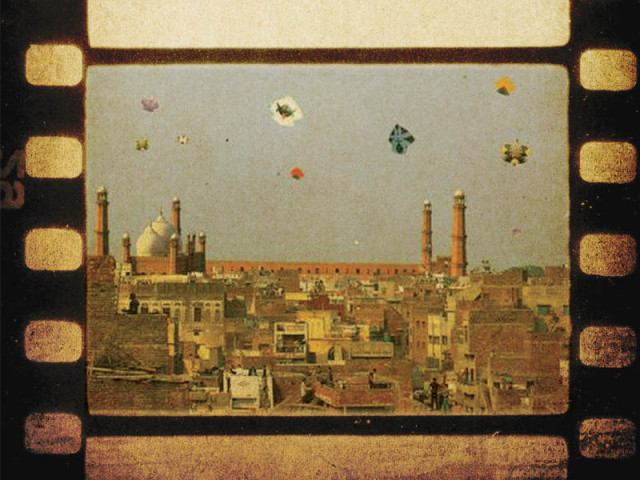- Army brass warns India any ‘imaginary new normal’ to be met with ‘new normal of swift retributive response’ Dawn
- ‘India United Only Under Aurangzeb’: Pak’s Khawaja Asif’s Provocative Remark NDTV
- ‘Risks are real’: Pakistan defence minister…
Afghanistan will look to bounce back in the three-match One-Day International series against Bangladesh, starting on Wednesday at the Zayed Cricket Stadium in Abu Dhabi, after being blanked 0-3 by the Tigers in the T20I leg.
The Afghans have…







